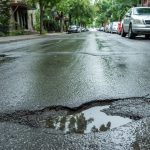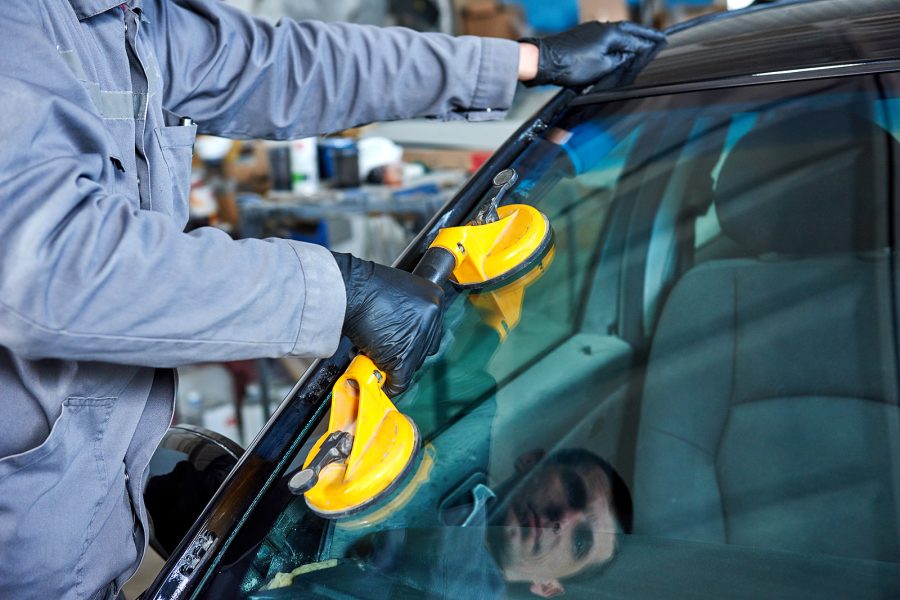The windscreen is one of the most critical pieces of safety equipment on any car. Not only does it help provide visibility and protection from the rush of the wind, but also can protect the driver and front passenger from impacts and even provide some degree of structural rigidity.
This is part of the reason why prevention is better than cure when it comes to windscreen replacement; a small crack in the windscreen can be enough to nullify this safety in an accident if it happens to be in an unfortunate location.
Windscreens have existed for almost as long as cars have existed, given how quickly the issue of debris shooting into the eyes was discovered, but early windscreens such as the one on the Model T were made of single-glazed window glass, which was not only fragile but would shatter into sharp, jagged pieces on impact.
Three accidents would turn the windscreen from a potentially dangerous indulgence into one of the most important parts of a car’s design.
The first of these was in the laboratory of Édouard Bénédictus, who in 1903 discovered the principle of laminated glass after accidentally coating a flask in cellulose nitrate and was rather surprised to find that when it dropped it broke but did not shatter into dangerous shards.
Originally considering a potential use for his invention, he found it through a 1909 accident that he heard about in the French press; two women who had crashed their car ended up seriously injured not by the impact of the accident but by the sharp glasses of shattered glass.
This led Mr Bénédictus to patent a laminated glass windscreen and to found Triplex, one of the first safety glass designs ever made.
However, its expense meant that it was limited to luxury cars until 1919 when Henry Ford ordered its use on all of the vehicles his eponymous car company sold.
The reason for this was a third accident in the courtroom. The case of Pane vs Ford in 1917 was a civil lawsuit where the rather appropriately named plaintiff claimed that his injuries were made worse by the windshield design.
He lost this case, with a judge ruling that reckless driving was the cause of his injuries, but it inspired Mr Ford to demand greater safety standards.









